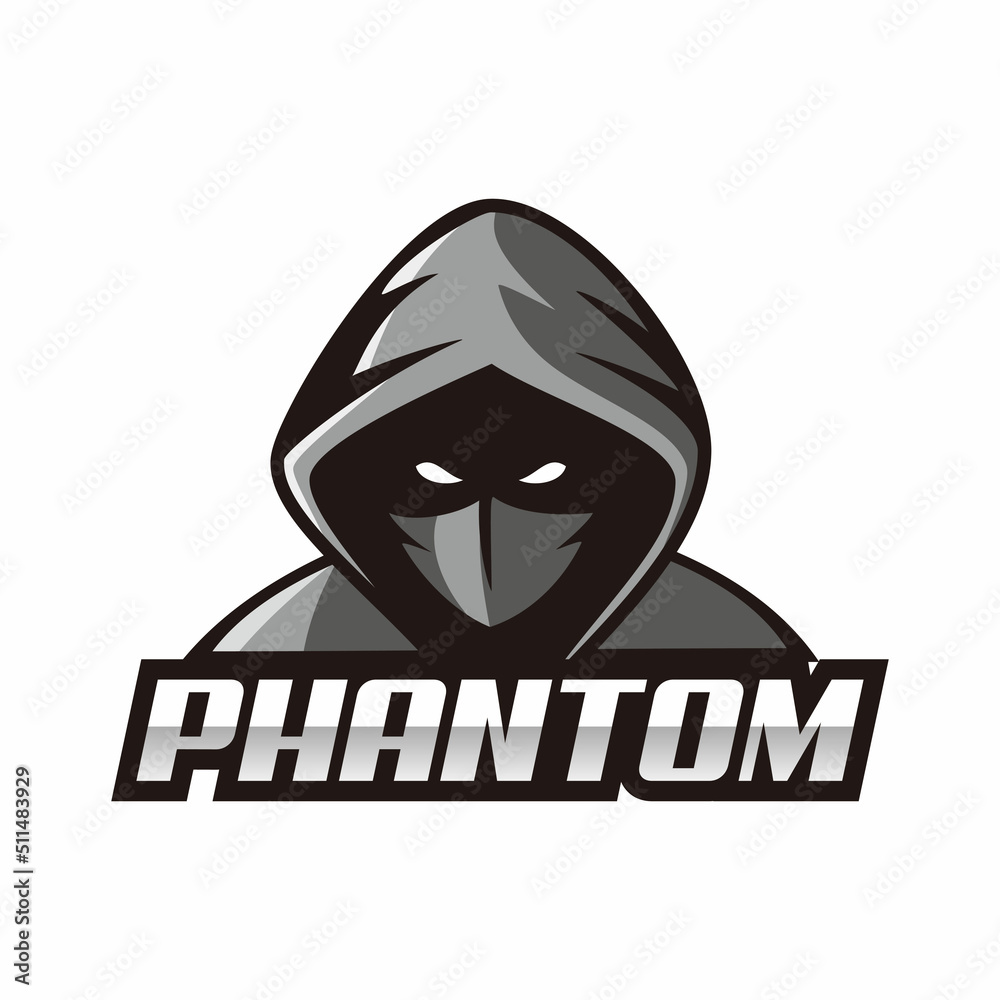Why Managing Your Solana Portfolio Feels Like Navigating the Metaverse—and How to Back It Up Right
Whoa! Managing crypto portfolios is kinda like juggling flaming swords on a unicycle, especially on Solana. Seriously, the speed and low fees make it tempting to trade like crazy, but then the whole metaverse integration thing throws in new layers of complexity. Something felt off about relying on just one wallet or domain for all your digital assets — it’s like putting all your NFTs, tokens, and metaverse keys in one basket labeled “break me.”
Okay, so check this out—I’ve been diving deep into Solana’s ecosystem, trying to find smoother ways to handle portfolios that stretch beyond mere tokens, dipping into metaverse realms and backup solutions that actually make sense. At first, I thought simply syncing everything through Phantom was the golden ticket. But then I realized how fragile that setup can be if you don’t have solid backup options or alternative domains tied to your wallet. My instinct said, “You need a better plan than just seed phrases and one domain.”
Here’s the thing. Portfolio management on Solana isn’t just about tracking token balances anymore. With the metaverse rapidly evolving, your digital presence—avatars, land parcels, collectibles—needs seamless integration. This isn’t a simple spreadsheet job; it’s a dynamic, ever-shifting landscape requiring tools that adapt as fast as the network itself. At the same time, if you lose access or your domain gets compromised, recovering your assets might become a nightmare.
Initially, I thought using standard ENS-like services would suffice for domain management, but Solana’s distinct architecture demands alternatives that feel native and reliable. Oh, and by the way, the usual suspects sometimes don’t play well with Phantom wallet’s quirks, which bugs me. Seriously, wallet-domain synergy is very very important, yet often overlooked.
So, what’s a user to do? Let’s untangle this mess together.
Portfolio Management: More Than Just Numbers
Managing a Solana portfolio isn’t just about keeping an eye on token prices or staking rewards. Nope. It’s also about understanding how your assets interact within the broader ecosystem—DeFi, NFTs, and now, the metaverse. And let me tell you, this interaction isn’t always straightforward.
For example, your NFT avatar in a metaverse project might represent your identity across multiple apps, but if your wallet isn’t properly linked or backed up, you could lose access to your entire digital persona. That’s a big deal.
On one hand, you want to keep things simple—because nobody has time to micromanage every single asset. Though actually, complexity sneaks in fast once you start adding metaverse land parcels, game tokens, or DAO memberships. Suddenly, your portfolio looks less like a list and more like a living ecosystem.
It’s like having a garden with various plants—some need watering, others pruning, and a few require specific soil. If you neglect one, the whole thing might wither. Same with your digital assets.
That’s why I’ve started using specialized portfolio trackers that mesh well with Solana’s fast-paced environment. But here’s a little secret: not all trackers support metaverse assets fully yet. So I keep an eye out for updates, and meanwhile, I mix manual tracking with app tools.
Metaverse Integration—The Wild West of Crypto
Now, here’s where it gets wild. Metaverse projects on Solana are exploding, and integrating them into your portfolio feels a bit like trying to herd cats. Seriously, the protocols and standards are still evolving.
Take virtual land ownership, for instance. You might hold a parcel in one metaverse and an avatar in another. Each requires specific domains or wallet setups to prove ownership. Connecting these dots can be a headache—especially if your wallet domain isn’t recognized everywhere.
Something I noticed is that many users rely heavily on the default Phantom wallet domain, assuming it’s the end-all solution. But what if you want to separate your gaming assets from your DeFi holdings? Or if you want a more personalized domain that’s easier to share and remember? That’s where alternative domains come in.
Actually, I stumbled upon some really cool alternatives that work smoothly with Phantom and offer better customization. It’s like having a digital nickname that works across metaverse projects, reducing friction and making your portfolio feel more integrated. I’ll drop a hint here—there’s a solid resource at https://phantomw.net/ that explores these options in depth.
However, the challenge is not just picking a domain but ensuring it’s backed up and recoverable. Losing access to your domain can be just as damaging as losing your wallet’s private keys.
Backup Solutions: Your Last Line of Defense
Backup is such a boring word, but oh boy, does it keep you awake at night. I’ll be honest—early in my crypto journey, I was sloppy about backups. I mean, who isn’t? Paper wallets, random USB drives, sketchy cloud backups… nothing felt totally secure or convenient.
With Solana and Phantom, though, backup solutions have become more sophisticated. You can tie your wallet to multiple domains, create multi-factor recovery options, and even leverage hardware wallets for an added layer. Still, implementing these isn’t always user-friendly.
Here’s what bugs me about many backup setups: they assume you’re a tech wizard. But most users aren’t. They want simple, reliable solutions that don’t require endless troubleshooting or fear of losing assets.
That’s why I appreciate platforms that combine domain management with backup features in an intuitive way. It’s not just about storing keys securely; it’s about building resilience into your entire crypto identity. When you think about it, your domain is like your digital passport—losing it means starting over.
Check this out—some new tools let you create secondary backup domains or alias addresses that can act like safety nets. If your primary domain is compromised, you switch to the backup without losing access to your portfolio. It’s like insurance for your crypto life.

Finding Your Alternative Domain for Phantom Wallet
Okay, so here’s the kicker. If you’re a Phantom wallet user, you might want to explore alternative domain options beyond the default. This isn’t just about vanity—it’s about flexibility and security.
One great starting point is to look for domains that are native to Solana’s ecosystem, support seamless integration with Phantom, and offer backup capabilities. I’m biased, but the ecosystem at https://phantomw.net/ has some of the best-curated alternatives. They keep updating their listings and tools, which makes staying ahead much easier.
Why bother? Because having a domain that works everywhere in the metaverse—and that can be backed up or switched easily—saves you from future headaches. Imagine losing access to your favorite games or NFT galleries because of a domain glitch. Not fun.
Also, some domains support advanced features like social recovery, where trusted contacts can help regain access. It’s like a digital safety net that fits modern crypto realities.
Still, be cautious. Not all domains are created equal, and not all integrate well with Phantom or Solana’s fast-evolving standards. Test, read user experiences, and keep your eyes peeled for updates.
At the end of the day, managing your Solana portfolio, integrating metaverse assets, and having rock-solid backups is a balancing act. It’s not perfect yet, and I’m not 100% sure any single solution fits all needs. But with some exploration and the right tools, you can build a setup that feels a lot less risky and a lot more fun.
Frequently Asked Questions
Why do I need an alternative domain for my Phantom wallet?
Using an alternative domain can improve your wallet’s usability across various metaverse projects, offer better personalization, and provide backup options that the default Phantom domain might lack.
How does metaverse integration affect portfolio management?
Metaverse assets add complexity because they often require domain and wallet compatibility beyond simple token tracking. Proper integration allows seamless access and management of NFTs, virtual land, and avatars.
What are the best practices for backing up my Solana wallet and domain?
Use multi-factor backup options, consider hardware wallets, create secondary backup domains or alias addresses, and leverage social recovery features if available. Always store backups securely and test recovery procedures.

